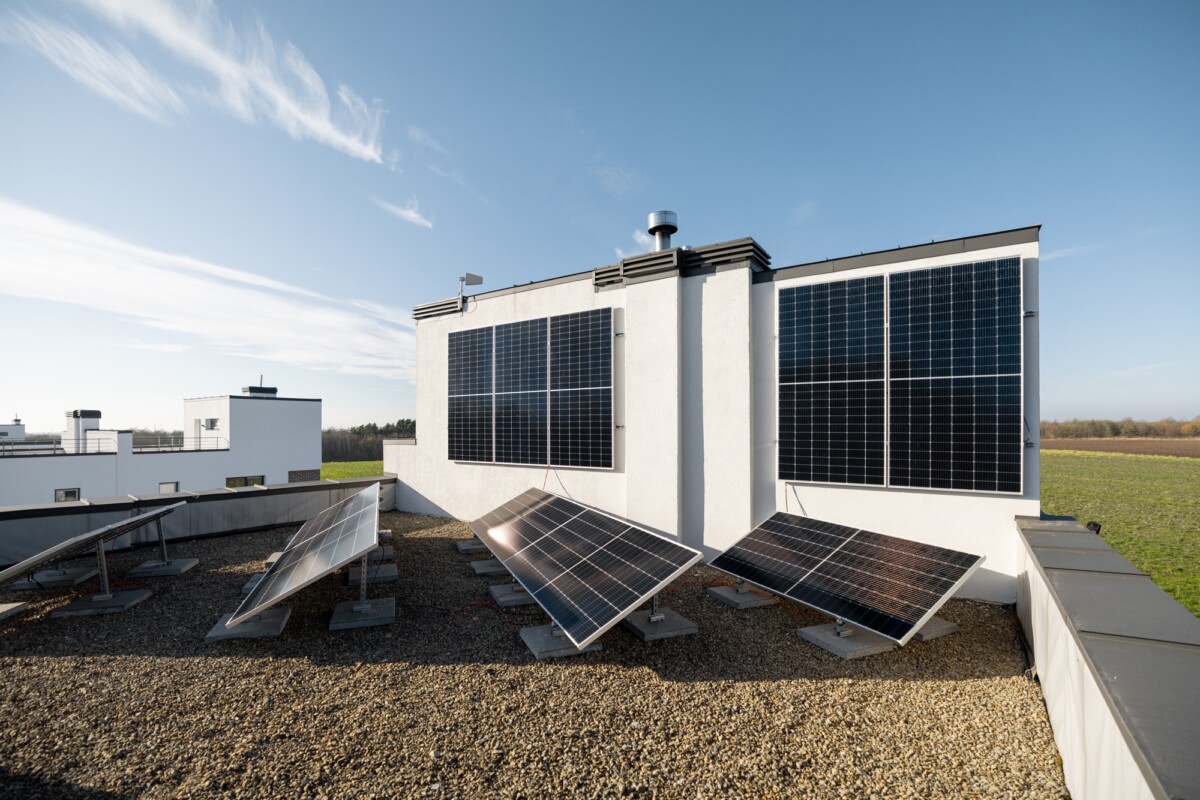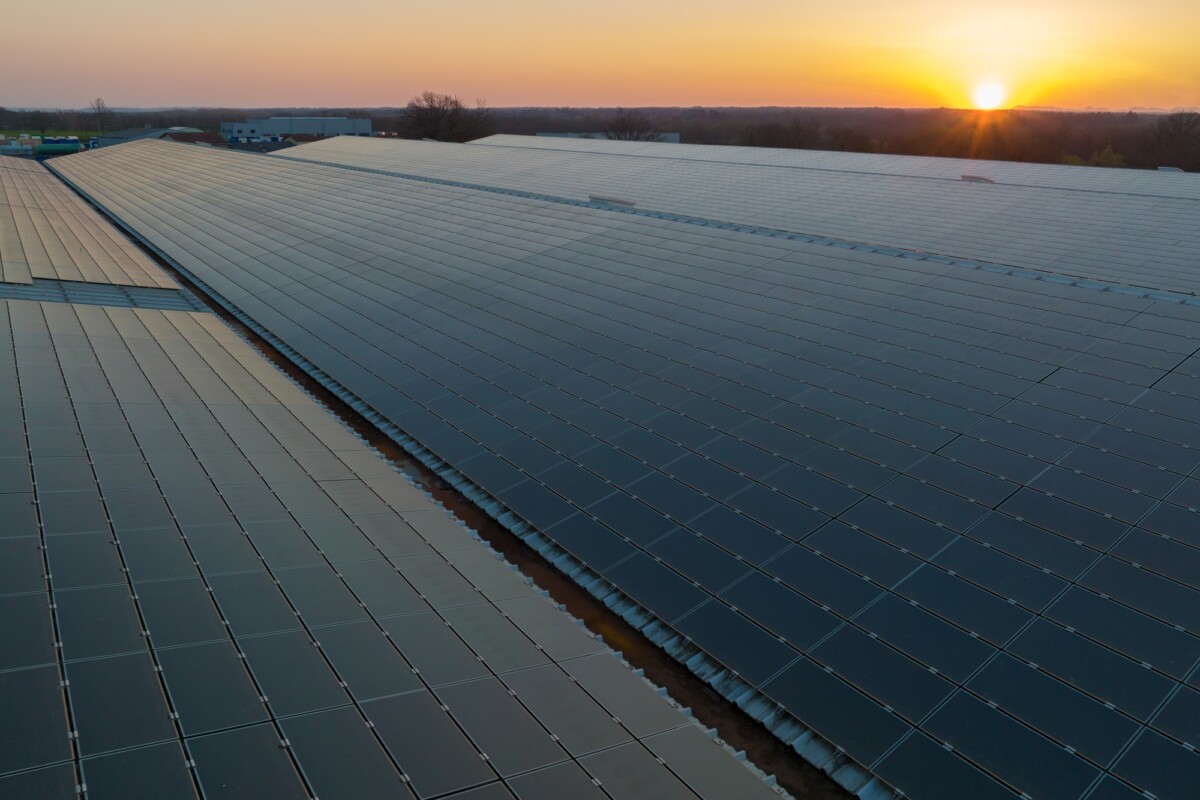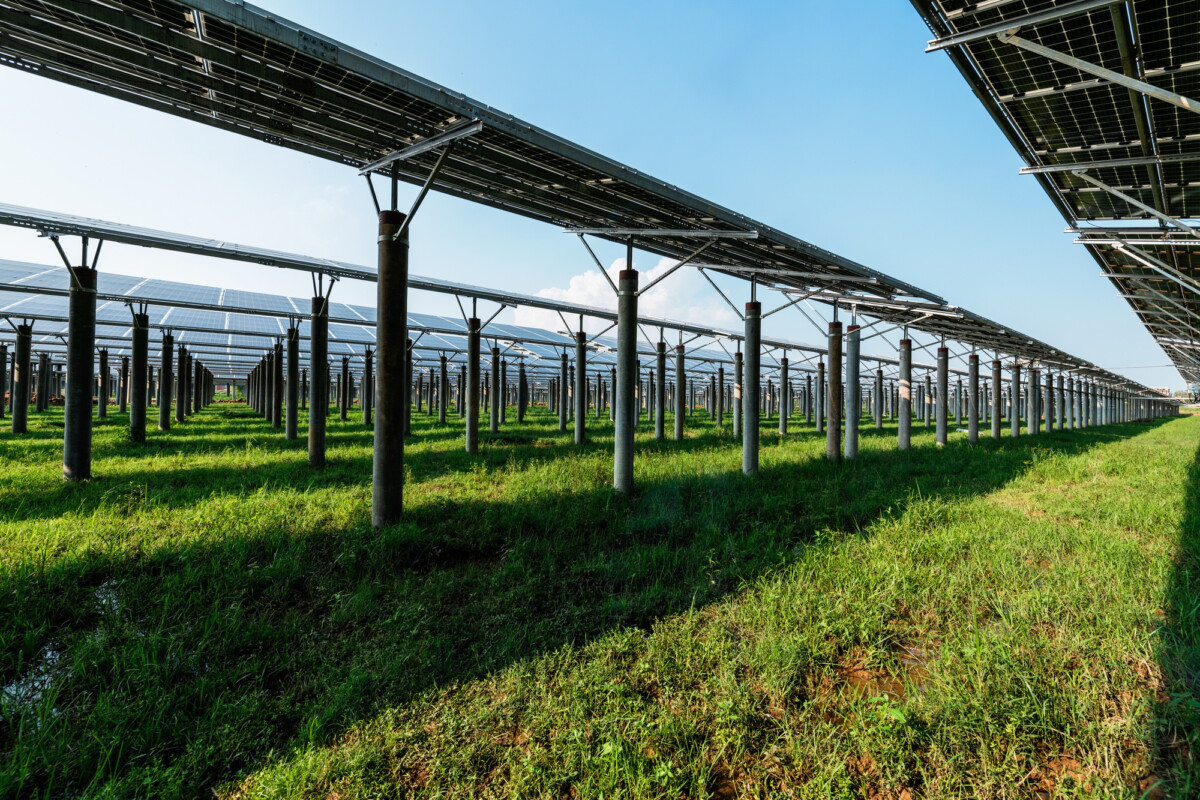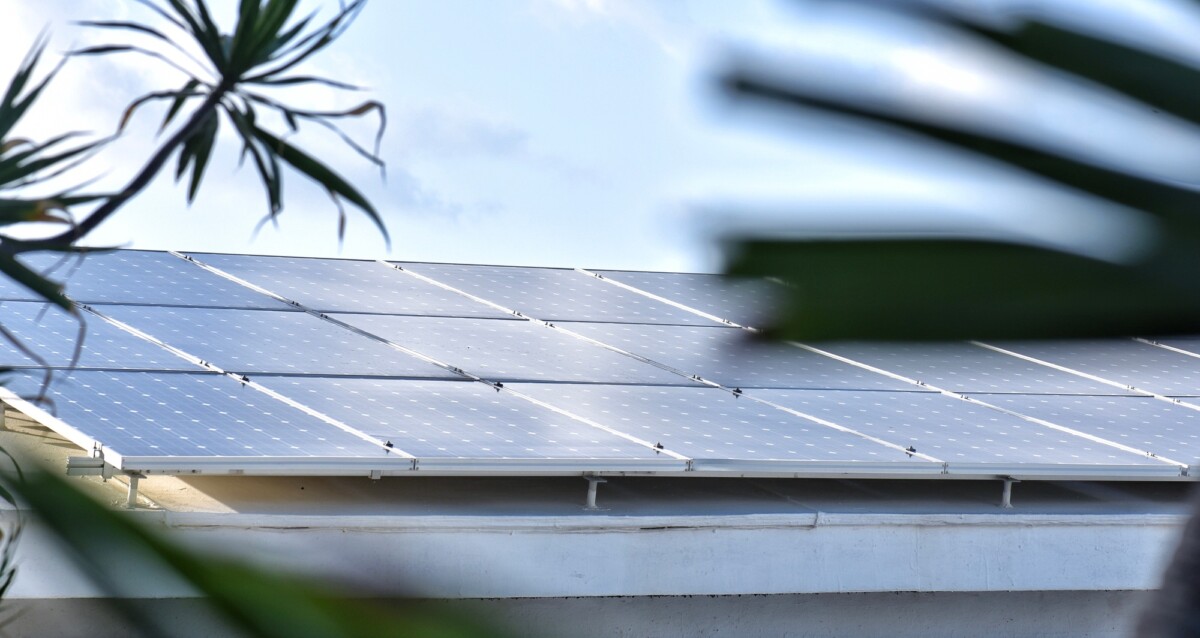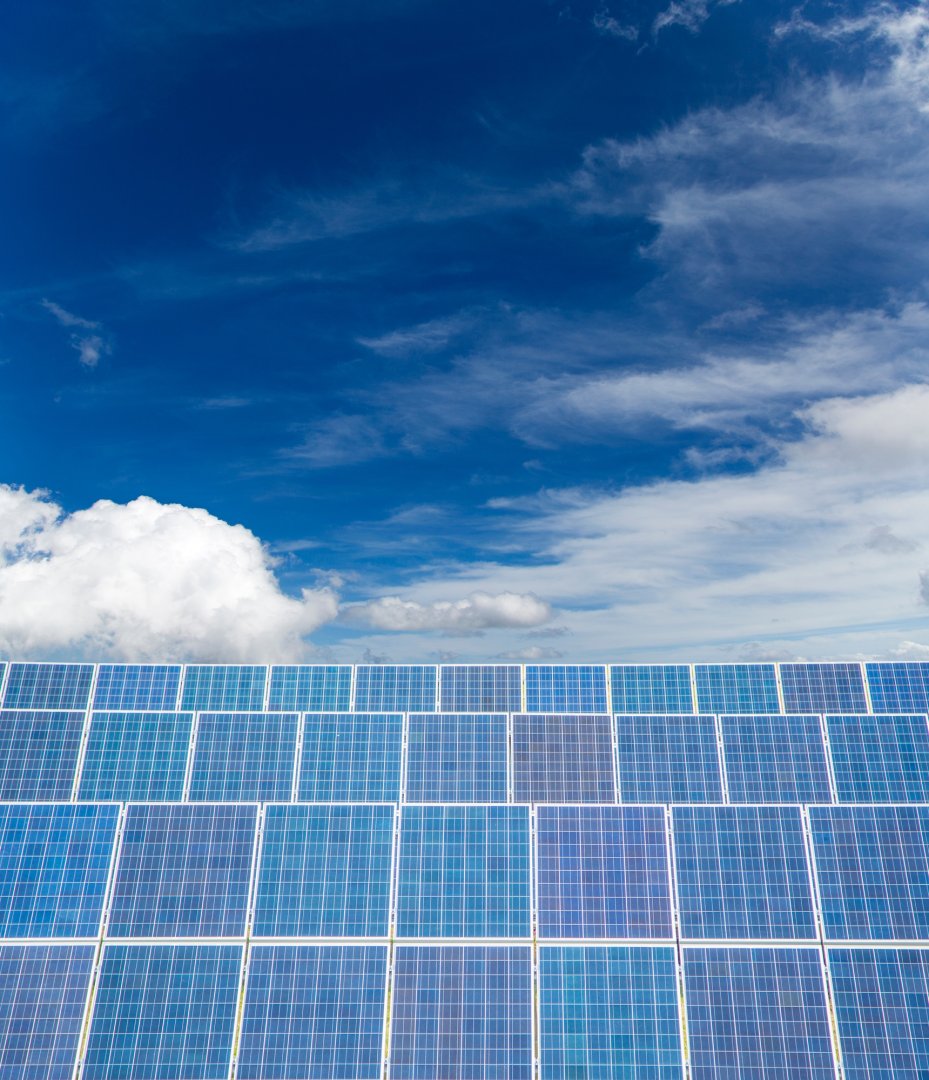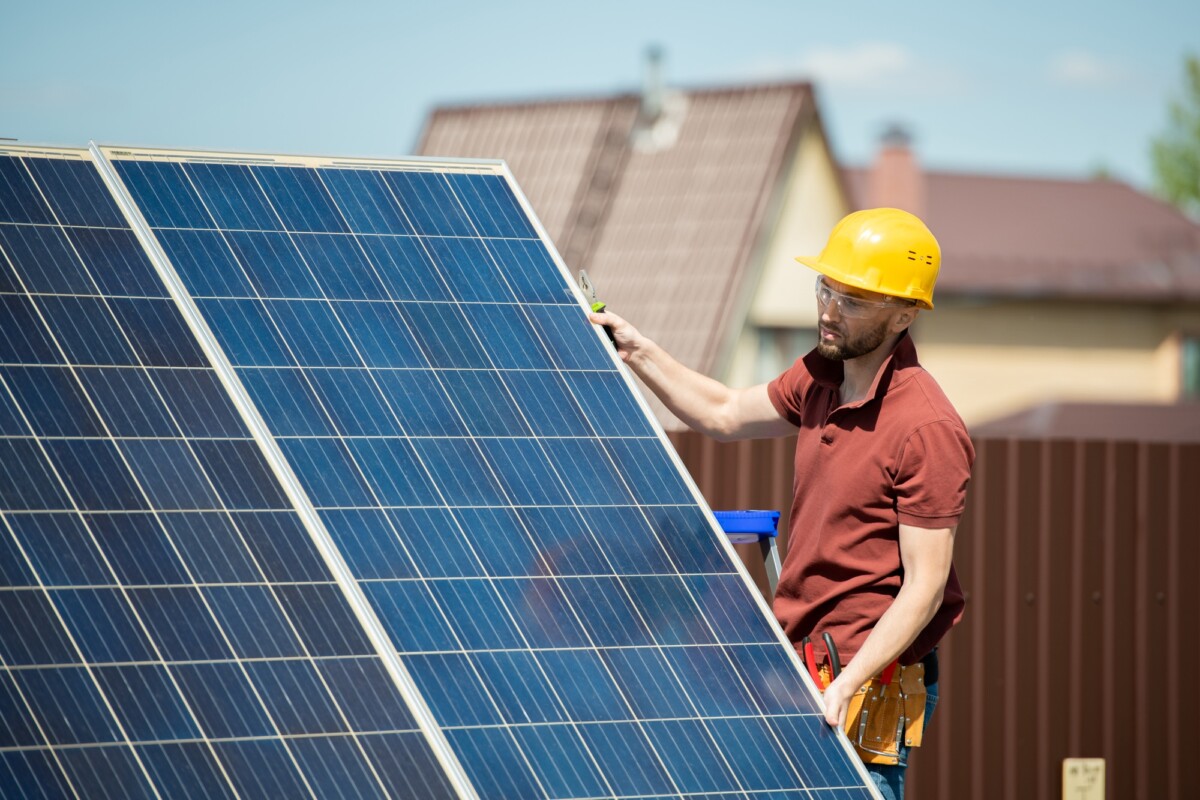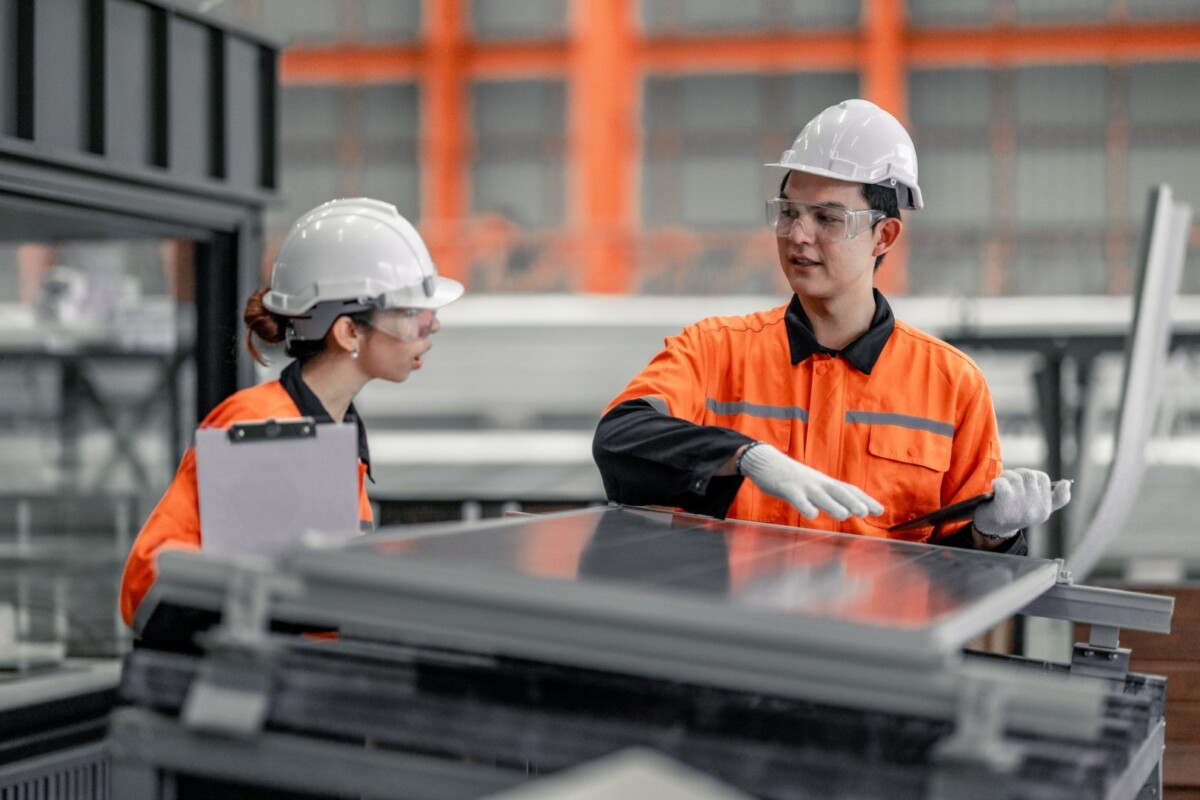Flat roof solar racking has become an increasingly popular option among homeowners and commercial property owners who want to harness solar power efficiently without compromising on aesthetics or roof integrity. While installing solar panels on pitched roofs is common, flat roofs provide their own unique advantages—provided you use the right racking system.
In this detailed guide, we’ll explore how flat roof solar racking works, the best types available, what to consider when choosing a system, installation tips, costs, and long-term benefits. Whether you’re a homeowner, business owner, or installer, you’ll find everything you need to make an informed decision.
What Is Flat Roof Solar Racking?
Flat roof solar racking refers to the mounting structures specifically designed to secure solar panels on flat surfaces. Since these roofs don’t have a natural tilt, the racking systems must provide the necessary angle for optimal sunlight exposure while withstanding wind, snow, and environmental conditions.
Unlike pitched-roof racking, flat roof racking systems often use ballast-based or mechanically attached frameworks to hold the solar panels in place without damaging the roof membrane.
Why Choose Flat Roof Solar Racking?
Installing solar panels on a flat roof offers a few notable benefits:
-
Optimal Tilt and Orientation: You can adjust panel angles to maximize solar output.
-
Aesthetic and Discreet: Panels lie low and often out of sight from ground level.
-
Easier Maintenance: Accessibility makes it simple to clean or inspect systems.
-
Efficient Space Utilization: Flat roofs can accommodate larger solar arrays.
Types of Flat Roof Solar Racking Systems
There are generally three types of racking systems for flat roofs:
1. Ballasted Racking Systems
These systems use weights (ballast blocks) to hold down the racking and panels without penetrating the roof membrane. They are ideal for roofs that cannot be compromised structurally.
2. Mechanically Attached Systems
These require penetrating the roof surface to attach racks directly to the structural decking. They provide strong wind resistance but must be properly sealed to avoid leaks.
3. Hybrid Systems
Hybrid options combine ballast and mechanical attachments, offering the benefits of both—stability and minimal roof penetration.
Comparison Table: Flat Roof Racking System Types
| Racking Type | Roof Penetration | Wind Resistance | Cost | Ideal Use Case |
|---|---|---|---|---|
| Ballasted | No | Moderate | Medium | Non-penetrable or membrane-sensitive roofs |
| Mechanically Attached | Yes | High | High | High-wind zones or seismic areas |
| Hybrid | Partial | High | Medium-High | Balanced need for strength and integrity |
Top Flat Roof Racking Systems in the Market
Several leading manufacturers produce high-quality flat roof racking solutions. Some of the most popular and reliable options include:
-
IronRidge XR Flat Roof Mounts
-
SnapNrack Universal System
-
Unirac RM5 and RM10 Systems
-
EcoFasten GreenFasten
-
SolarStack (adhesive-based option)
These systems differ in design, compatibility, and ease of installation. It’s best to consult with your solar installer to determine the most suitable option for your specific roof and climate.
Installation Considerations
Roof Load Capacity
Before installation, a structural engineer should assess whether your flat roof can bear the additional load of solar panels and racking systems, especially for ballasted setups.
Tilt Angle
Most systems aim for a tilt of 10° to 30°, depending on your location’s latitude, to maximize solar gain.
Wind Load
Wind uplift can be a major issue for flat roof systems. Proper edge setbacks and certified anchoring help prevent damage during storms.
Drainage
Racking systems must not interfere with roof drainage. Poor planning can lead to water pooling and roof degradation.
Cost of Flat Roof Solar Racking
The cost of flat roof racking systems varies depending on the size, type, and complexity of your installation. On average:
| System Type | Cost per Watt (Installed) |
|---|---|
| Ballasted | $0.10 – $0.25 |
| Mechanically Attached | $0.20 – $0.40 |
| Hybrid | $0.25 – $0.45 |
For a typical 6 kW residential solar system, racking costs can range from $600 to $2,700, not including panels or labor.

Ready to make the switch? Discover how solar power can lower your bills and boost your home’s efficiency. Get a Free Solar Estimate at FREE SOLAR POWER QUOTES
Lifespan and Maintenance
Most flat roof racking systems are built to last 20 to 30 years with minimal maintenance. Occasional cleaning, fastener checks, and visual inspections are usually sufficient. Ensure compatibility with roof warranties to avoid conflicts.
Flat Roof Solar Racking for Commercial Buildings
Many commercial properties feature large, flat rooftops ideal for solar. These installations can generate significant long-term savings, tax benefits, and environmental impact reductions. Racking systems like Unirac RM5 are specially designed for large-scale applications with simplified logistics and high-speed installation.
Sustainability and Environmental Impact
Solar panels already contribute to clean energy goals. Pairing them with recyclable racking materials—such as aluminum—enhances the eco-friendliness of your project. Also, using ballasted systems can minimize ecological disruption during installation.
FAQs About Flat Roof Solar Racking
1. Can I install solar panels on an old flat roof?
Yes, but it’s highly recommended to inspect and possibly replace or repair the roof beforehand to avoid reinstallation costs in a few years.
2. Do I need permits for flat roof racking systems?
Yes, most jurisdictions require permits and inspections. Ballasted systems may have fewer regulatory hurdles than mechanically attached ones.
3. How long does installation take?
Small systems can be installed in 2–3 days, while larger or commercial setups may take 1–2 weeks, depending on roof access and weather.
4. Will solar panels damage my flat roof?
Properly installed systems—especially ballasted types—should not damage your roof. In fact, they can extend roof life by shielding it from UV rays.
5. Are there tax credits for flat roof solar systems?
Yes. The Federal Solar Investment Tax Credit (ITC) covers up to 30% of your system cost, including racking. Local rebates may also apply.
Conclusion
Flat roof solar racking provides an ideal solution for homeowners and businesses seeking to optimize solar panel installation without sacrificing aesthetics or structural integrity. With the right system, orientation, and maintenance plan, you can enjoy decades of clean, renewable energy from your flat-roofed space.
As solar technology advances, modern racking systems are becoming easier to install, more cost-effective, and even more reliable—making now the perfect time to make the switch to solar energy on your flat roof.
Join the solar movement today! Thousands are already saving—claim your free consultation to get started. Schedule Your Free Consultation at FREE SOLAR POWER QUOTES
Interested in more options? Take a look at SOLAR ENERGY for tailored solar solutions that suit your home!

